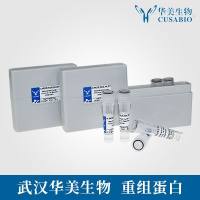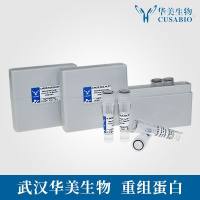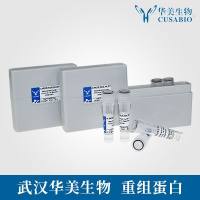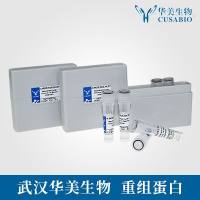Cucumber (Cucumis sativus L.)
互联网
互联网
相关产品推荐

Recombinant-Cucumis-sativus-ATP-synthase-subunit-a-chloroplasticatpIATP synthase subunit a, chloroplastic Alternative name(s): ATP synthase F0 sector subunit a F-ATPase subunit IV
¥10976

ORF1a/ORF1a蛋白Recombinant Cucumber mosaic virus Helicase (ORF1a)重组蛋白/蛋白
¥5268

Recombinant-Cucumis-sativus-Photosystem-II-D2-proteinpsbDPhotosystem II D2 protein; PSII D2 protein EC= 1.10.3.9 Alternative name(s): Photosystem Q(A) protein
¥11914

Recombinant-Cucumis-sativus-Photosystem-QB-proteinpsbAPhotosystem Q(B) protein EC= 1.10.3.9 Alternative name(s): 32 kDa thylakoid membrane protein Photosystem II protein D1
¥11844

Recombinant-Cucumis-sativus-Photosystem-II-CP47-chlorophyll-apoproteinpsbBPhotosystem II CP47 chlorophyll apoprotein Alternative name(s): PSII 47 kDa protein Protein CP-47
¥13272
相关问答

